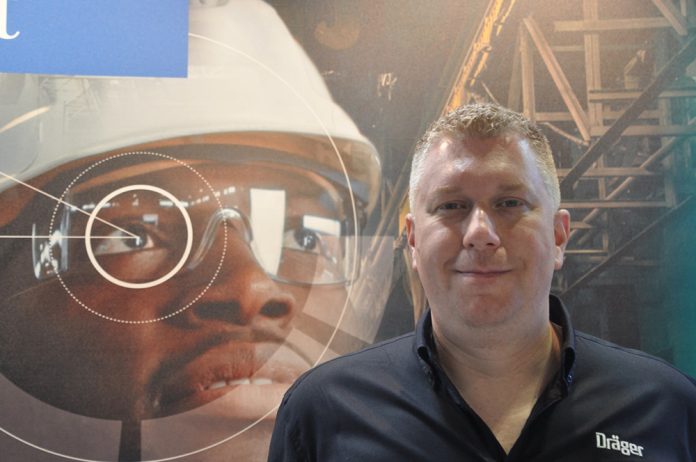Industry 4.0 and the ongoing automation of traditional industrial practices using smart technology has played a prominent role in the evolution of safety in the water industry over the past decade, with greater digitalisation and connectivity transforming safety in many industry sectors, including the clean and wastewater industries.
This is particularly true when it comes to the detection of gas hazards, one of the most significant safety concerns in the water industry.
Consequently, reliable and accurate detection of gases – such as methane, hydrogen sulphide, chlorine and ozone – is a critical and life-saving measure to ensure the safety of engineers and other personnel.
Gas detection takes on an even more significant role due to changing working practices which mean that remote working is increasingly common. New innovations in portable gas monitoring devices – issued to each field engineer – have seen these individual devices linked to the cloud to provide a connected smart safety solution.
This type of smart and connected gas safety system allows for live monitoring, where key information is displayed in real time and can be accessed anywhere via an intuitive web interface. Access to the data is available to anyone who has the appropriate permissions, meaning that workers on site, or even managers in a central location, can pinpoint the position of their colleagues and the status of their gas safety at any given moment. If an alarm is activated by any individual device, colleagues and managers will be immediately alerted to the risk and be able to see the key information displayed on the management dashboard. Furthermore, this data can be shared with emergency services which allows them to better manage an emergency if needed, and all data is also stored securely for later analysis.
An alternative to the full live monitoring system is an asset management solution. All device data-logs and test certificates are uploaded to the cloud after being docked for their daily test. Here, digitalisation automates and centralises many processes which were previously complex, such as manually collating compliance and event data.
In addition, the system allows for greater and more informed management oversight. The improvements in the way that data is collected and processed enables businesses to have a clearer understanding of the challenges their workforce faces on the ground. This has the potential to make businesses more agile, enabling better risk-based decision making, and, most importantly, keeping everybody safe at work.
In parallel to the advancements in digitalisation and connected safety systems, we are also seeing the use of technology such as infrared (IR) sensors to monitor for biogas – mostly a mixture of methane and carbon dioxide. Biogas is the renewal energy source resulting from anaerobic digestion systems, which are growing in popularity as an environmentally friendly way to deal with wastewater sludge, but which also require robust detection measures.
Further supplementary technology is available in the form of a flame detector which provides an additional layer of safety where there are high risks of flammable gases. This is a visual flame detection system that uses digital image processing and advanced algorithms to process and interpret flame characteristics. A UV/IR flame detector consists of ultraviolet (UV) and infrared (IR) sensors in a single piece of equipment. UV sensors work by detecting the UV radiation emitted by the flame and are sensitive to a wide range of flammable fuels including hydrocarbons and ammonia. These are connected to the management system so that they can alert when danger is present and evasive action can be taken quickly, so that both fire damage and risk to life is reduced.
The digital revolution and Industrial Internet of Things (IoT) are already opening up new possibilities for safety in the water industry. With digitalisation, all processes can now be carried out identically, documented correctly, with minimised errors. The live monitoring and asset management solutions can lead to more efficient work processes, reduced downtime, more accurate decision-making, better resource planning, and fundamentally, increased safety.
As safety in the water industry comes under ever growing scrutiny by the Health and Safety Executive (HSE), it is clear that a well-designed and forward-thinking connected and digital gas safety systems, using the latest available technology, introduces new ways to safeguard those exposed to some of the most common safety risks.



